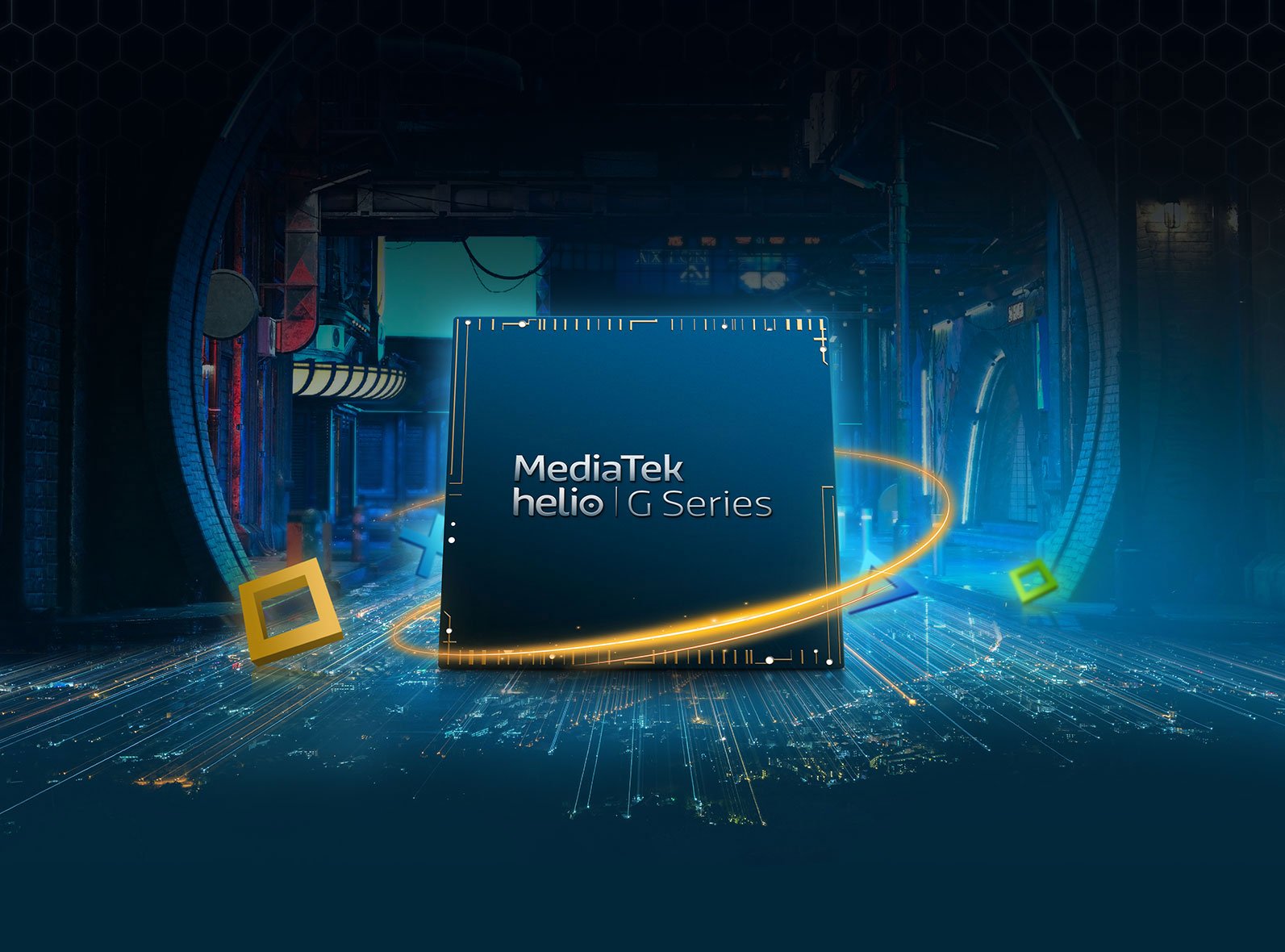

Therein lies the fundamental difference between x86 and ARM processors. Conversely, the “R” in ARM literally stood for RISC-“reduced instruction set computer”. The x86 architecture follows what is called a “complex instruction set computer” (CISC) design. Processors designed by different companies may adopt the same ISA for example, both AMD and Intel CPUs are based on the x86 architecture, which means any operating system or program that can run on an Intel CPU can also run on an AMD CPU. This is the abstract model used by computers to determine how everything is coded, and how commands are carried out. Architecture is shorthand for “instruction set architecture” (ISA). In the following sections, we will go over the development of ARM and delve into its many benefits, so you can decide if GIGABYTE’s ARM servers are right for you.ĭid you know? Computers talk to each other in their own language, like humans do.Ĭurrently, the mainstream processor architecture is called “x86” this is what you will find in a majority of personal computers. 《More information about GIGABYTE’s ARM Server》 Because they are widely used in mobile devices, ARM processors are also “cloud-native”, which makes them suitable for cloud computing, edge computing, and AI implementation.

ARM processors offer more cores (which translate to better performance), higher energy efficiency (which means fewer issues with heat dissipation), and better TCO. GIGABYTE works with Ampere Computing, a leading provider of ARM-based server processors, to incorporate Altra® and Altra® Max CPUs in GIGABYTE’s server solutions. GIGABYTE has been a pioneer in ARM server technology since 2013. GIGABYTE Technology, a leading brand of high-performance servers, has years of experience in the development and manufacturing of servers. This shows that ARM has a definite role to play in the advancement of cloud computing, HPC, and other technological breakthroughs. In June of 2020, the “TOP500” ranked Fugaku as the world’s fastest supercomputer. The new supercomputer, named “Fugaku”, was built with the ARM-based Fujitsu A64FX microprocessor. In 2014, Japan’s Institute of Physical and Chemical Research (RIKEN) teamed up with Fujitsu to develop the successor to the “K computer”, their previous supercomputer. In the last decade or so, high performance computing (HPC) and cloud-based data centers have experimented with ARM processors. Fast forward a decade or two, and it should come as no surprise that ARM has made the leap from microcomputers to mobile devices.《Glossary: What is RISC?》 The nature of RISC meant that the ARM1 and its successors, colloquially known as the ARM processors, could offer better energy efficiency and total cost of ownership (TCO). At the time, the acronym stood for Acorn RISC Machine this would later be changed to Advanced RISC Machines.

Acorn would go on to launch the ARM1 processor in 1985. The British Broadcasting Corporation launched the BBC Micro, a microcomputer (bet you didn’t know the BBC made computers!) designed and built by a company called Acorn Computers. If you are hearing about this decades-old technology for the first time, now is a good chance to learn about ARM. For instance, Fugaku, one of the world’s fastest supercomputers, runs on processors based on the ARM architecture. ARM processors, which are used in just about every smartphone on the planet, have become a force to reckon with in the field of server solutions.


 0 kommentar(er)
0 kommentar(er)
